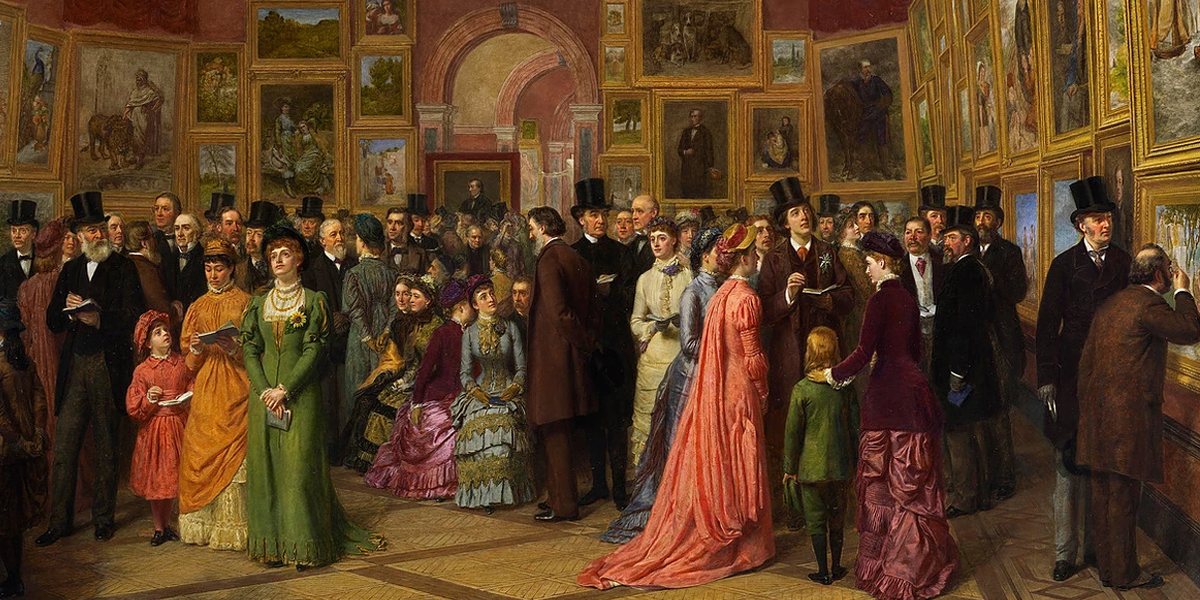Oscar Wilde’s 1891 Lord Arthur Savile’s Crime and Other Stories assembles four short stories published separately in 1887. These amusing tales are semi-comic yet generically complex, and they exemplify elements of the aesthetic theory that Wilde collected in the volume published as Intentions in 1891.
Editorial Apparatus
- Editorial Introduction to Lord Arthur Savile’s Crime and Other Stories (1891)
- A Life Lived as Art |
- Killing the New Woman – Defining “Self” in Wilde’s “The Sphinx Without a Secret” |
- Oscar Wilde and the Evolution of the Gothic in an Age of Epistemological Upheaval |
- Wilde Meant that Letterally: An Analysis of the Correspondence of Oscar Wilde |
- “Lord Arthur Savile’s Crime”; Or, an Anti-Morality Tale about Murder and Public Image |
- Appendix A: Personal and Critical Writing by Wilde
- Appendix B: Contemporary Reviews
- Appendix C: Fin de Siècle Epistemologies
- Appendix D: The Criminal as Artist
- Appendix E: A Changing Society
Primary Texts
Supplemental Materials
Original publication date
Editor-In-Chief
Editor(s)
Edition state
NINES Genre(s)
NINES Discipline(s)
NINES Type(s)

